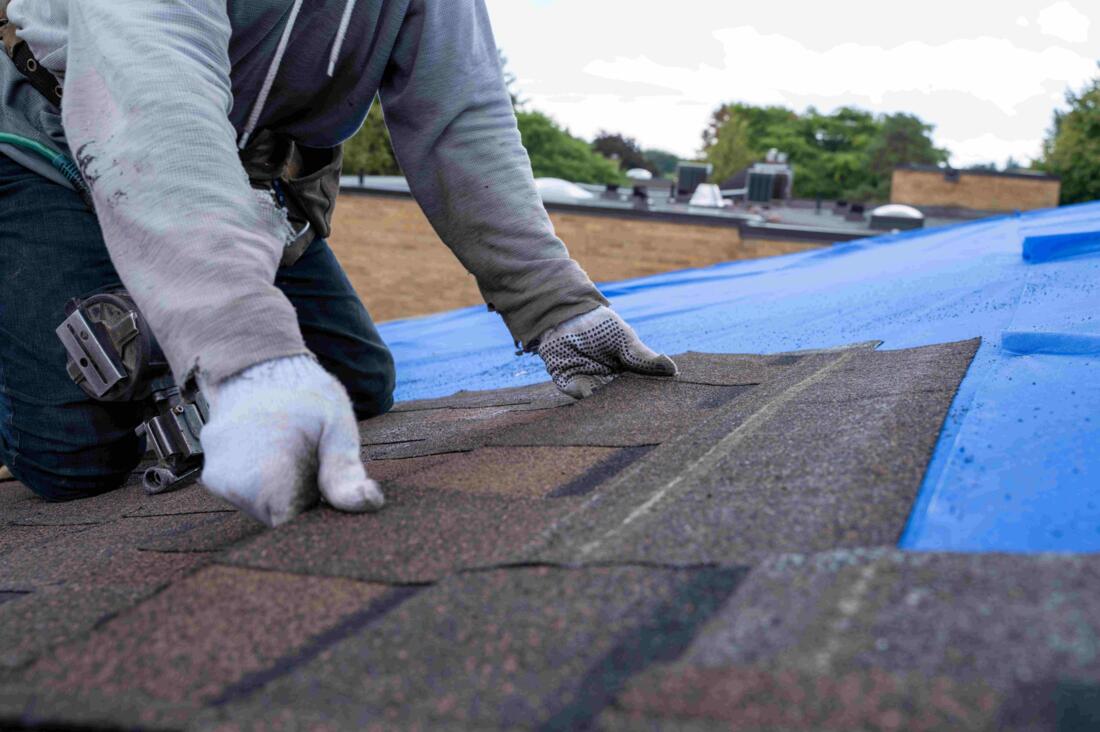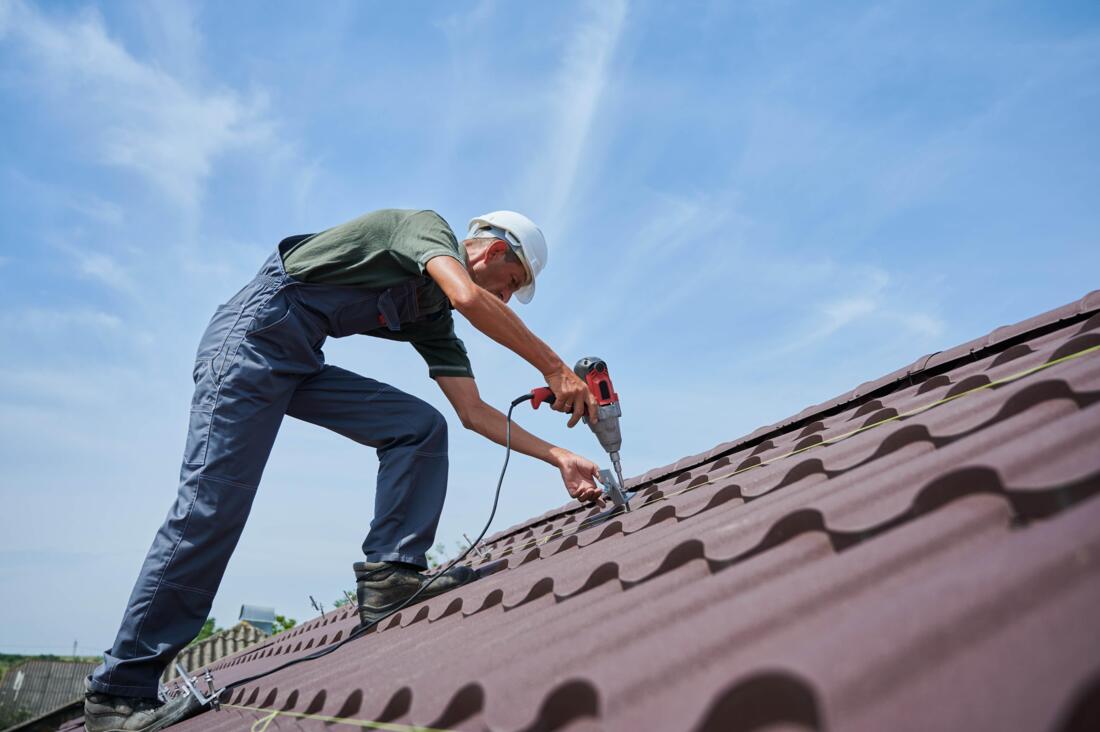The installation of a cool roof improves energy efficiency by reflecting a greater amount of sunlight and absorbing less heat. This helps in reducing the reliance on air conditioning. This advancement leads to decreased energy costs, reduced greenhouse gas emissions, longer roof durability, and helps in alleviating urban heat islands. These benefits positively impact both homeowners and the environment.
Cool Roofs: Saving Energy and Costs
Improving the energy efficiency of your home is crucial for lessening your environmental impact and cutting down on energy expenses. An effective method to accomplish this is by fitting a cool roof. Cool roofs are engineered to deflect sunlight and retain less heat compared to traditional roofs, achieved through the use of highly reflective coatings, materials, or tiles. This reflective quality helps to maintain a cooler indoor environment during the warmer months, lessening the reliance on air conditioning and subsequently reducing energy usage. Consequently, homeowners can experience substantial savings on cooling bills, while also aiding in the mitigation of urban heat islands, which can harm communities by elevating overall temperatures.

Benefits
Cool roofs provide more than just financial and comfort advantages. By reducing energy consumption, they contribute to a decreased reliance on electricity, leading to lower levels of greenhouse gas emissions and pollutants from power plants. This is especially crucial in crowded city areas where air quality is a major concern. Moreover, cool roofs can prolong the lifespan of roofs and air conditioning systems by minimizing heat-related wear and tear. This enhanced durability results in additional financial savings and decreased demand for repairs or replacements.

Getting Started
To begin using a cool roof, homeowners should take into account various aspects such as the climate in their location, the type of current roofing material, and the general state of their roof. Skilled roofing professionals are able to offer evaluations and suggestions customized to individual requirements and local regulations. Opting for a cool roof is a wise financial choice and a proactive measure toward creating a more environmentally friendly and effective living space. With the chance for both immediate and lasting cost savings, along with the eco-friendly advantages, a cool roof is a valuable option for any homeowner aiming to improve their home's energy efficiency and lessen their environmental footprint.
Understanding the Different Types of Cool Roofs
Cool roofs come in various types, each tailored to meet specific needs and environmental conditions. There are reflective coatings, which can be applied to existing roofs, as well as cool roof membranes made from specific materials designed to reflect sunlight. Additionally, there are tiles and shingles available that have been engineered with reflective properties. Homeowners should consider their local climate, roof structure, and personal aesthetic preferences when selecting the right type of cool roof. Understanding these options allows homeowners to make informed decisions that enhance energy efficiency while complementing their home's design.
The Role of Cool Roofs in Urban Planning
Cool roofs play a significant role in urban planning and development, especially in densely populated cities facing the urban heat island effect. Urban heat islands occur when built environments absorb and retain heat, resulting in elevated temperatures compared to surrounding rural areas. By integrating cool roofs into urban designs, city planners can mitigate these effects, leading to improved air quality and enhanced comfort for residents. Furthermore, these roofs can contribute to energy savings across entire neighborhoods, reducing the overall demand for electricity and decreasing the burden on local power grids, thus fostering sustainable urban growth.
Financial Incentives for Installing Cool Roofs
Many homeowners may not be aware of the financial incentives available for installing cool roofs. Various government programs offer tax credits, rebates, and other forms of financial assistance to encourage energy-efficient upgrades. Additionally, some utility companies may provide incentives for homeowners who reduce their energy consumption through cool roofing solutions. These financial incentives can significantly offset the initial installation costs, making it a more accessible option for many. By researching and taking advantage of these incentives, homeowners can enhance their energy efficiency while benefiting from reduced upfront expenses.
The Environmental Impact of Cool Roofs
Beyond reducing energy costs, cool roofs have a profound positive impact on the environment. By reflecting sunlight, they lower surface temperatures, which in turn helps to combat climate change by reducing the heat released into the atmosphere. This cooling effect can also lower peak energy demand, thus minimizing the need for fossil fuel-based power generation, which often results in harmful emissions. Furthermore, the implementation of cool roofs contributes to better stormwater management by decreasing runoff temperatures, which preserves local ecosystems. Overall, the environmental benefits of installing cool roofs extend well beyond individual households, promoting a healthier planet.
Maintaining Your Cool Roof for Longevity
To maximize the benefits of a cool roof, regular maintenance is essential. This involves periodic inspections to check for damage, debris accumulation, and the integrity of the reflective coating. Homeowners should clear any debris such as leaves or branches that may hinder the roof's reflective properties. Additionally, it’s important to schedule professional maintenance checks at least once a year to ensure that the roofing material remains effective and to address any potential issues early on. By maintaining a cool roof, homeowners can ensure its longevity, optimal performance, and continued energy efficiency, thus protecting their investment.
AI-Assisted Content Disclaimer
This article was created with AI assistance and reviewed by a human for accuracy and clarity.